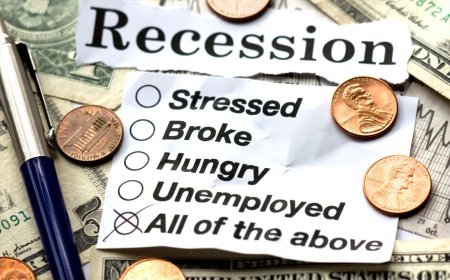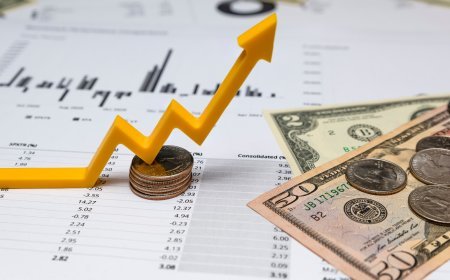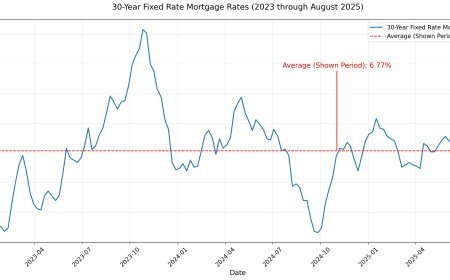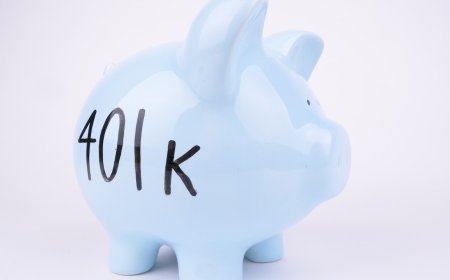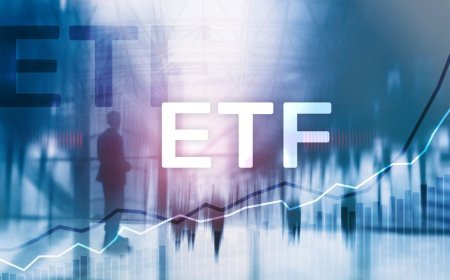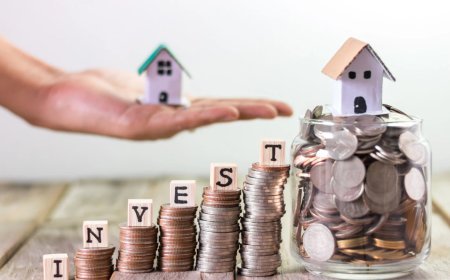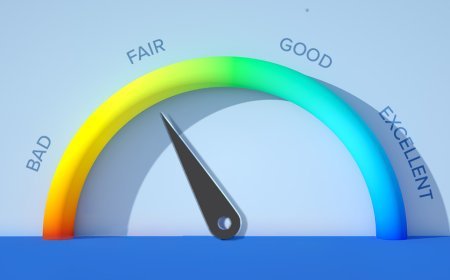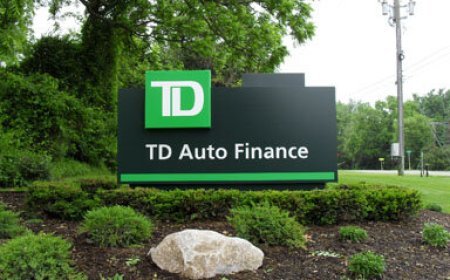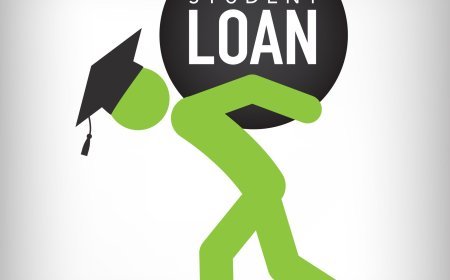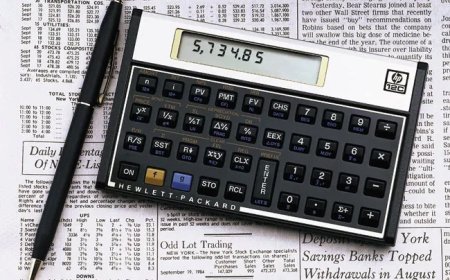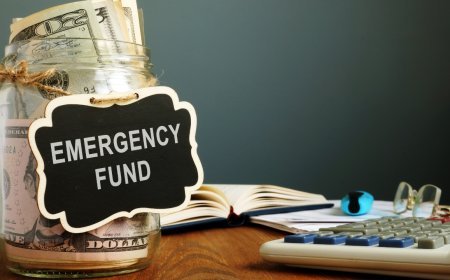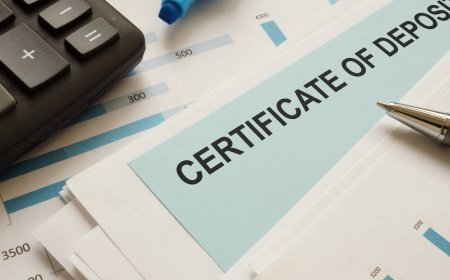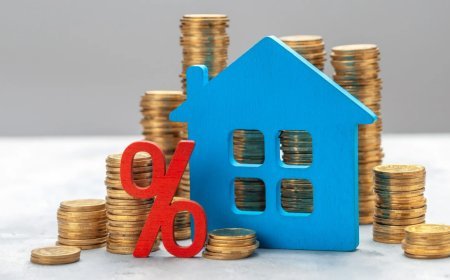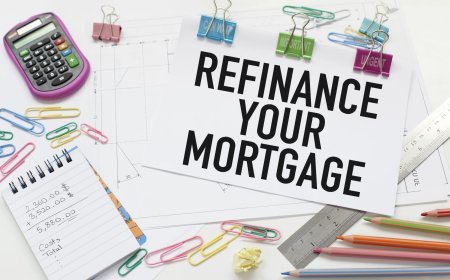Mortgage Rates Update: Will We Hit Sub-6% Territory in 2026?
Mortgage rates have been a tough pill to swallow for homebuyers in recent years. They're nowhere near the rock-bottom lows of the COVID-19 pandemic, when 30-year fixed rates plunged to an all-time low of 2.65% in early 2021—a fleeting golden era that's unlikely to repeat. But don't lose hope: today's elevated levels aren't set in stone. The big question on everyone's mind? When might rates ease back under 6%, and is it worth hitting pause on your home search until then?

In This Article:
- The Current State of Mortgage Rates: Where we stand today and why they've been stubborn.
- Key Factors Driving Rate Changes: Inflation, Fed decisions, and economic signals to watch.
- Expert Predictions for 2025 and 2026: What forecasters are saying about a potential drop.
- Pros and Cons of Waiting for Lower Rates: Weighing the risks of delay versus buying now.
- Actionable Tips for Homebuyers in a High-Rate World: Strategies to make the most of the market today.
The Current State of Mortgage Rates
As of October 3, 2025, the average 30-year fixed mortgage rate sits at around 6.34%, according to the latest data from the Federal Reserve Economic Data (FRED) series. That's up slightly from last week, per Freddie Mac's Primary Mortgage Market Survey released on October 2, which noted the rate ticked higher but remains below the 52-week average of 6.71%. Bankrate echoes this, pegging today's national average at 6.36%.
These figures are a far cry from the sub-3% dream days, but they've stabilized after a volatile 2023-2024 period marked by aggressive Federal Reserve hikes to combat inflation. The good news? Recent months have seen a modest softening, fueled by cooling inflation and signs of economic resilience—like a reported uptick in pending home sales. Still, at over 6%, monthly payments on a $400,000 loan add up to about $2,500 (principal and interest alone), compared to roughly $1,700 at 3%—a $800 difference that stings for first-time buyers and families alike.
Key Factors Driving Rate Changes
Mortgage rates don't move in a vacuum; they're tethered to broader economic forces. Here's what to keep an eye on:
- Federal Reserve Policy: The Fed's benchmark federal funds rate directly influences borrowing costs. As of late 2025, projections show it dipping to 3.4% for the year, then 2.9% in 2026, per expert surveys. Each quarter-point cut could shave 0.1-0.2% off mortgage rates, but the Fed's cautious approach—balancing inflation at around 2.5% with steady job growth—means no fireworks anytime soon.
- Inflation Trends: With core inflation hovering near the Fed's 2% target, persistent pressures from housing costs and energy prices could keep rates elevated. A surprise spike might delay drops, while further cooling (as seen in August's 0.2% CPI reading) accelerates them.
- Bond Market Yields: The 10-year Treasury yield, a mortgage rate bellwether, is currently at 4.1%. As investors flock to bonds amid economic uncertainty, yields fall—and so do mortgage rates. Geopolitical tensions or election-year jitters could sway this unpredictably.
- Housing Supply and Demand: Low inventory (only 3.5 months' supply nationwide) props up prices and rates. If new construction ramps up or sellers flood the market, it could ease pressure.
In short, a "Goldilocks" economy—not too hot, not too cold—is the recipe for relief. But with 2025's midterm elections looming, volatility is the name of the game.
Expert Predictions for 2025 and 2026
Forecasters are cautiously optimistic, but consensus points to patience. Here's the rundown from top sources:
- Fannie Mae (September 2025 Outlook): Rates are expected to average 6.6% in Q3 2025, ending the year at 6.4%. The real dip comes in 2026, closing at 5.9%—finally breaching that 6% threshold by year-end. This assumes steady Fed cuts and inflation under control.
- Other Industry Views: Investopedia's roundup of experts sees mid-6% rates holding through 2025, with a slide into the lower 6% range by late 2026. Yahoo Finance aligns, noting no sub-6% until 2026 at the earliest, post-Fed easing.
The bottom line? Don't bank on 6% before Q4 2026. If economic headwinds like a mild recession hit, we could see faster drops; conversely, sticky inflation might push it to 2027.
| Forecaster | End-2025 Rate | End-2026 Rate | Key Assumption |
|---|---|---|---|
| Fannie Mae | 6.4% | 5.9% | Gradual Fed cuts, stable growth |
| Investopedia Experts | Mid-6% | Low 6% | Inflation cools to 2% |
| General Consensus | 6.3-6.5% | 5.8-6.0% | No major shocks |
Pros and Cons of Waiting for Lower Rates
The wait-or-buy dilemma is real. Here's a balanced look:
Pros of Waiting:
- Savings on Interest: Dropping from 6.4% to 5.9% on a $400,000 loan saves ~$100/month, or $36,000 over 30 years.
- More Inventory: Lower rates could unlock sellers locked into sub-4% mortgages, flooding the market and cooling prices.
- Economic Clarity: By mid-2026, post-election policies might stabilize the landscape.
Cons of Waiting:
- Opportunity Cost: Home prices have risen 4% year-over-year; waiting could mean paying $20,000 more on the principal alone.
- Rent vs. Buy Math: At current rents averaging $2,000/month, you're essentially "pre-paying" someone else's mortgage. Tools like NerdWallet's calculator show buying now often beats waiting 12-18 months.
- Life Happens: Delaying for kids' schools or job moves isn't always feasible.
If your financials are rock-solid (20% down, emergency fund intact), waiting might pay off. Otherwise, focus on affordability over perfection.
Actionable Tips for Homebuyers in a High-Rate World
Rates won't plummet overnight, so empower yourself now:
- Shop Around Aggressively: Compare at least three lenders—rates vary by 0.25%, saving thousands. Use sites like Bankrate for quotes.
- Consider Rate Buydowns: Pay points upfront to lower your effective rate by 0.5% for the first few years, bridging to future drops.
- Explore Adjustable-Rate Mortgages (ARMs): A 5/1 ARM starts at ~5.5%, ideal if you plan a short stay or refinance later.
- Boost Your Credit and Down Payment: A 760+ score unlocks the best rates; aim for 20% down to dodge PMI fees.
- Lock in When It Feels Right: With rates fluctuating weekly, a 60-day lock protects against hikes during closing.
- Build a Buffer: Stress-test your budget for 7-8% rates—life's full of surprises.
In conclusion, sub-6% rates are on the horizon, likely by late 2026, but the path there winds through a steady, not steep, decline. Whether you wait or wade in now depends on your timeline and tolerance for uncertainty. Consult a financial advisor to crunch your numbers, and remember: Homeownership is a marathon, not a sprint. Got questions on your specific scenario? Drop them in the comments below.
What's Your Reaction?
 Like
0
Like
0
 Dislike
0
Dislike
0
 Love
0
Love
0
 Funny
0
Funny
0
 Angry
0
Angry
0
 Sad
0
Sad
0
 Wow
0
Wow
0


